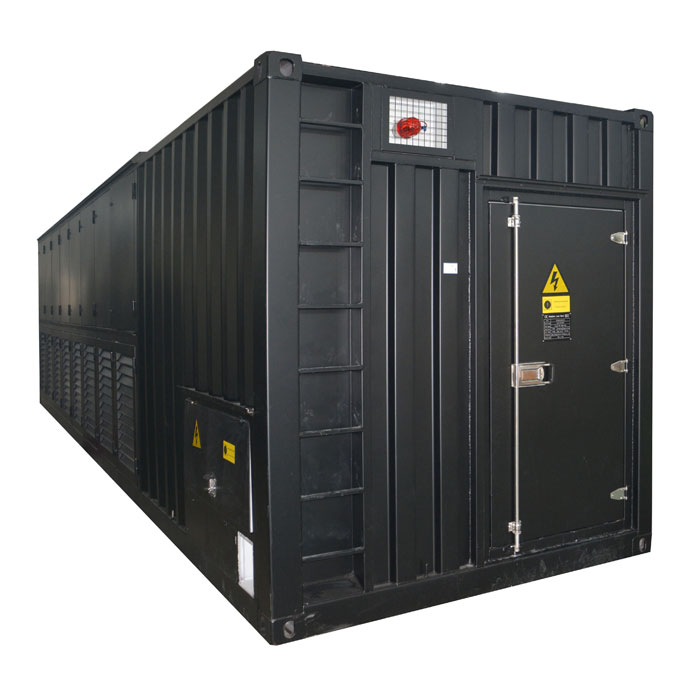The importance of generator load bank testing!
Generator Load Bank Testing is an Important Aspect of Preventative Maintenance. A
generator load bank test involves an examination and assessment of a genset. It verifies that all primary components of the generator set are in proper working condition. The equipment used to conduct a load bank test produces artificial loads on the generator by bringing the engine to an appropriate operating temperature and pressure level. This is especially important for standby and emergency generator sets that do not run very often and/or may not be exposed to carrying heavy loads on a frequent basis.

Load bank testing involves firing up a standby or prime power generator and running it under an artificial load at its maximum capacity for a specified period of time. During load bank testing, data can be recorded that offers a more thorough look into the health of the gen set on the whole. The test verifies that the generator is capable of handling incrementally higher kW loads, that it is still capable of accommodating its maximum specified load, and that it can work for an extended period of time. So, at its simplest,
load bank testing is a way of verifying that your standby or prime power generator is still capable of kicking on and operating at its maximum kW output.
A load bank test ensures that your generator will run property when it’s needed so that you can fully depend on it during an emergency situation. The key to a proper load bank test is that it tests your generator at its full kilowatt (kW) output rating. Because many generators do not regularly operate at their full kW rating, it’s especially important that you verify your generator can actually produce the highest possible horsepower that may be required – while at the same time maintaining adequate temperature and pressure levels that will allow it to run.
The recommended procedure to follow for the load bank test would be to:
1.Start and run the generator until the water temperature stabilizes.
2.Transfer all manual or automatic transfer switches to the emergency source.
3.Step load the generator with the load bank until the desired load is reached.
4.Remove the load bank load first, after the test.
5.Transfer all transfer switches back to the normal position.

